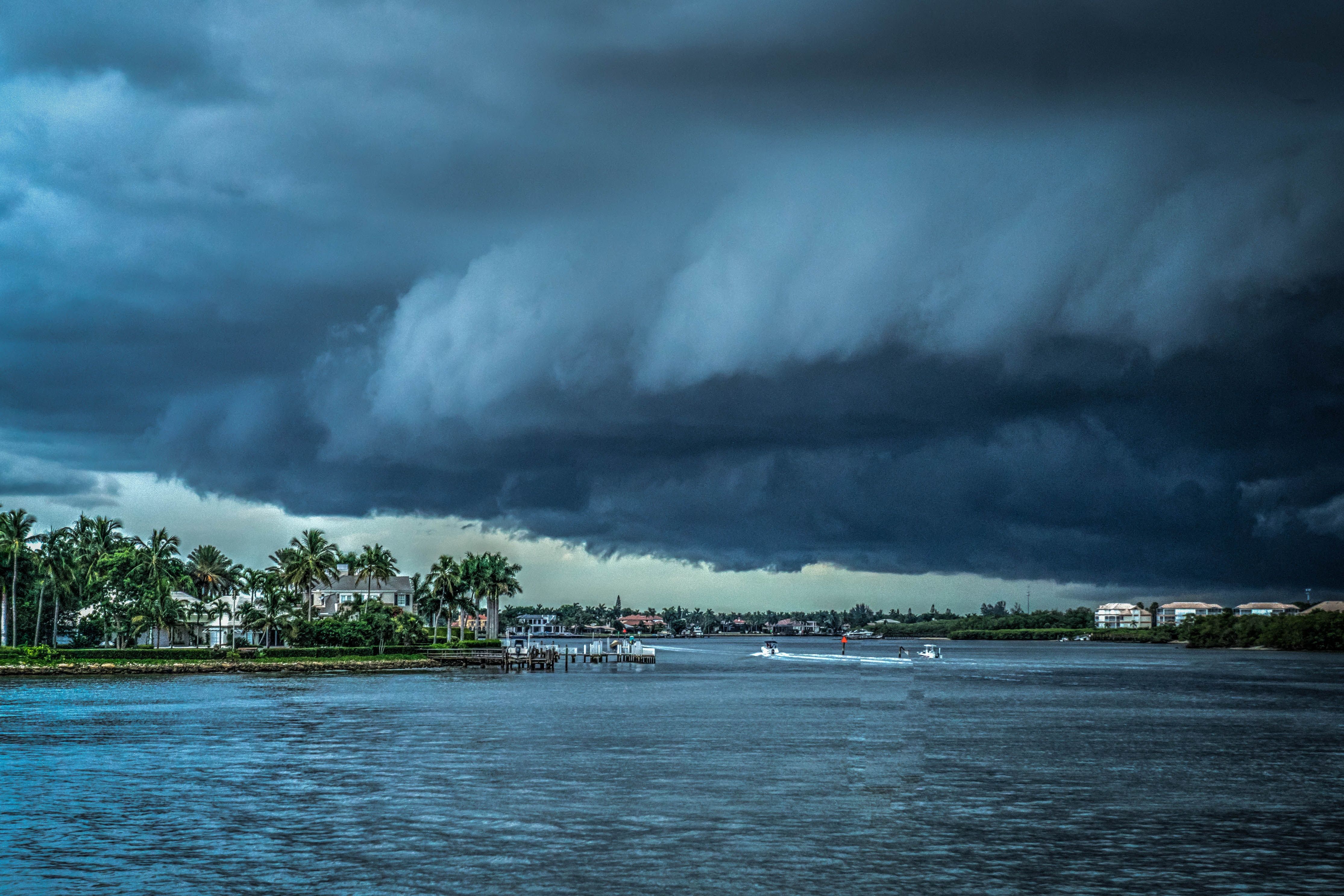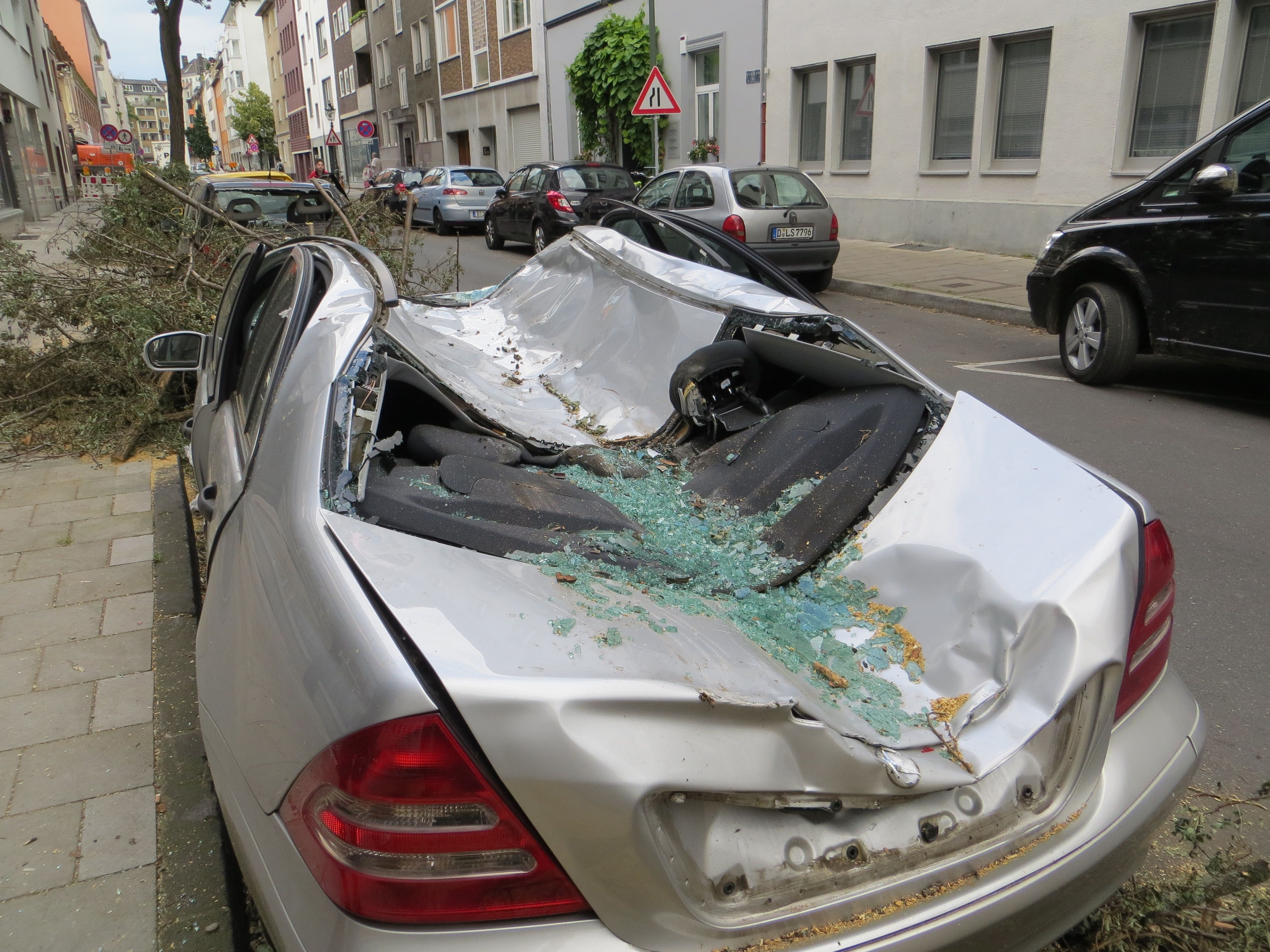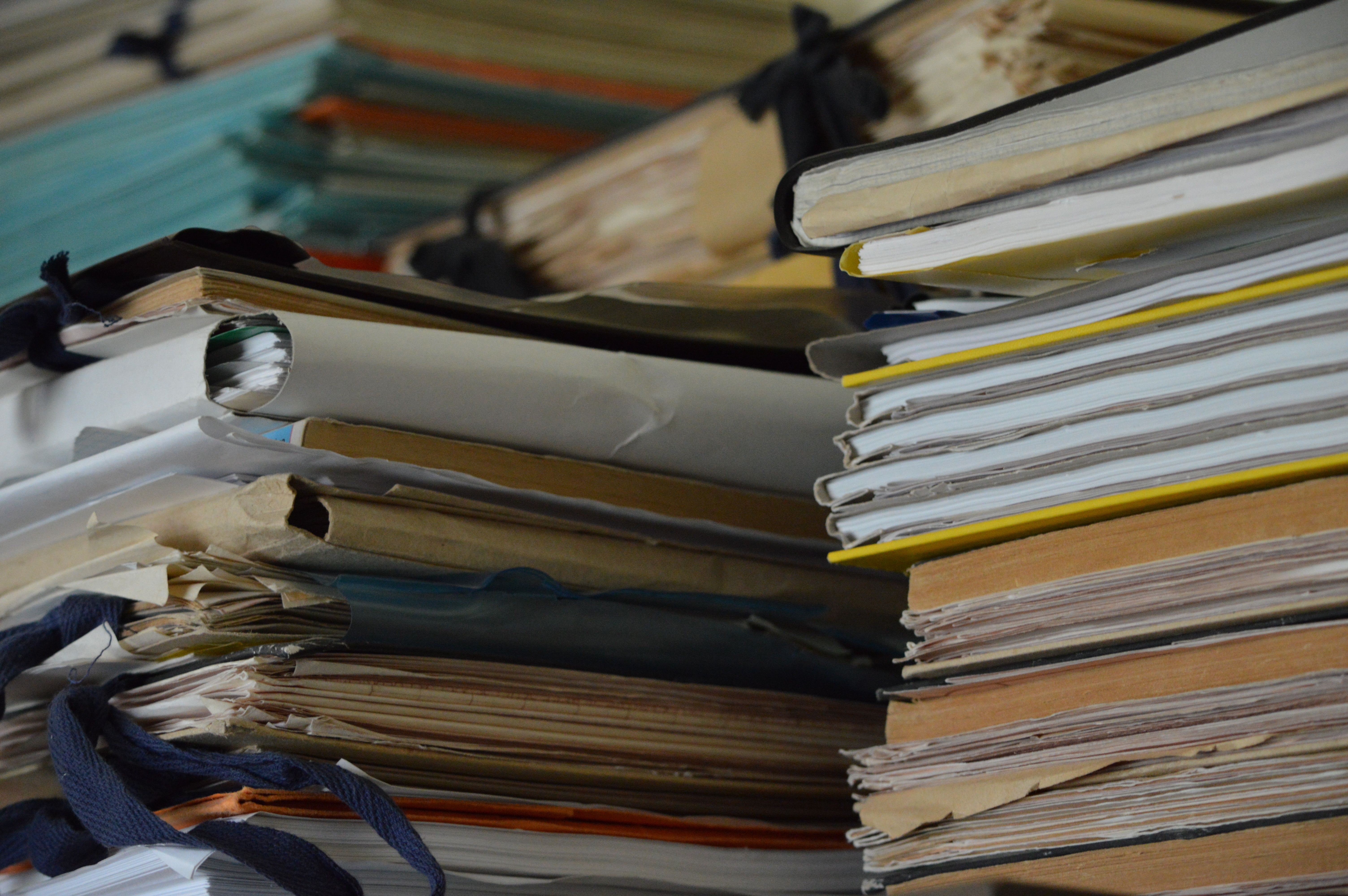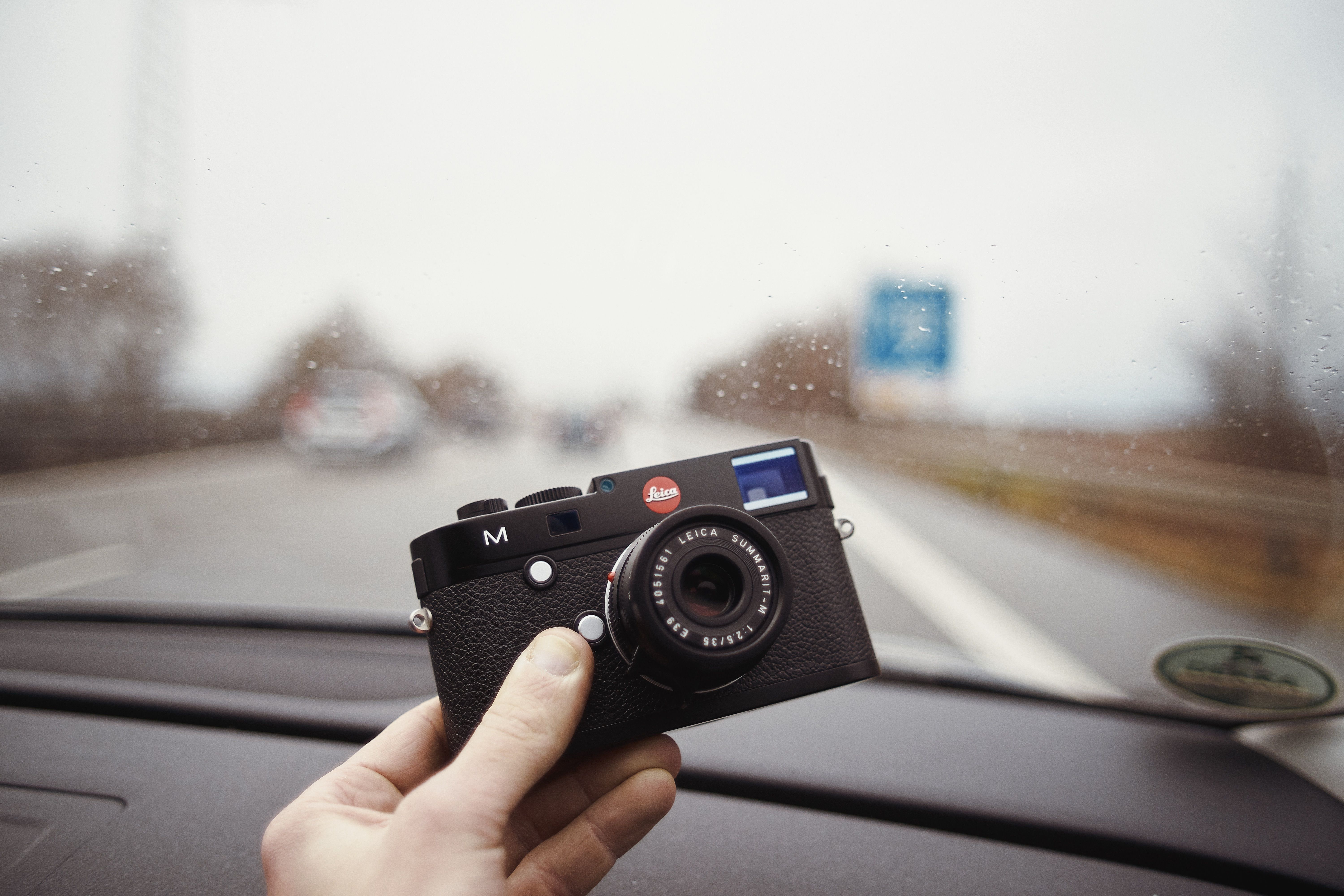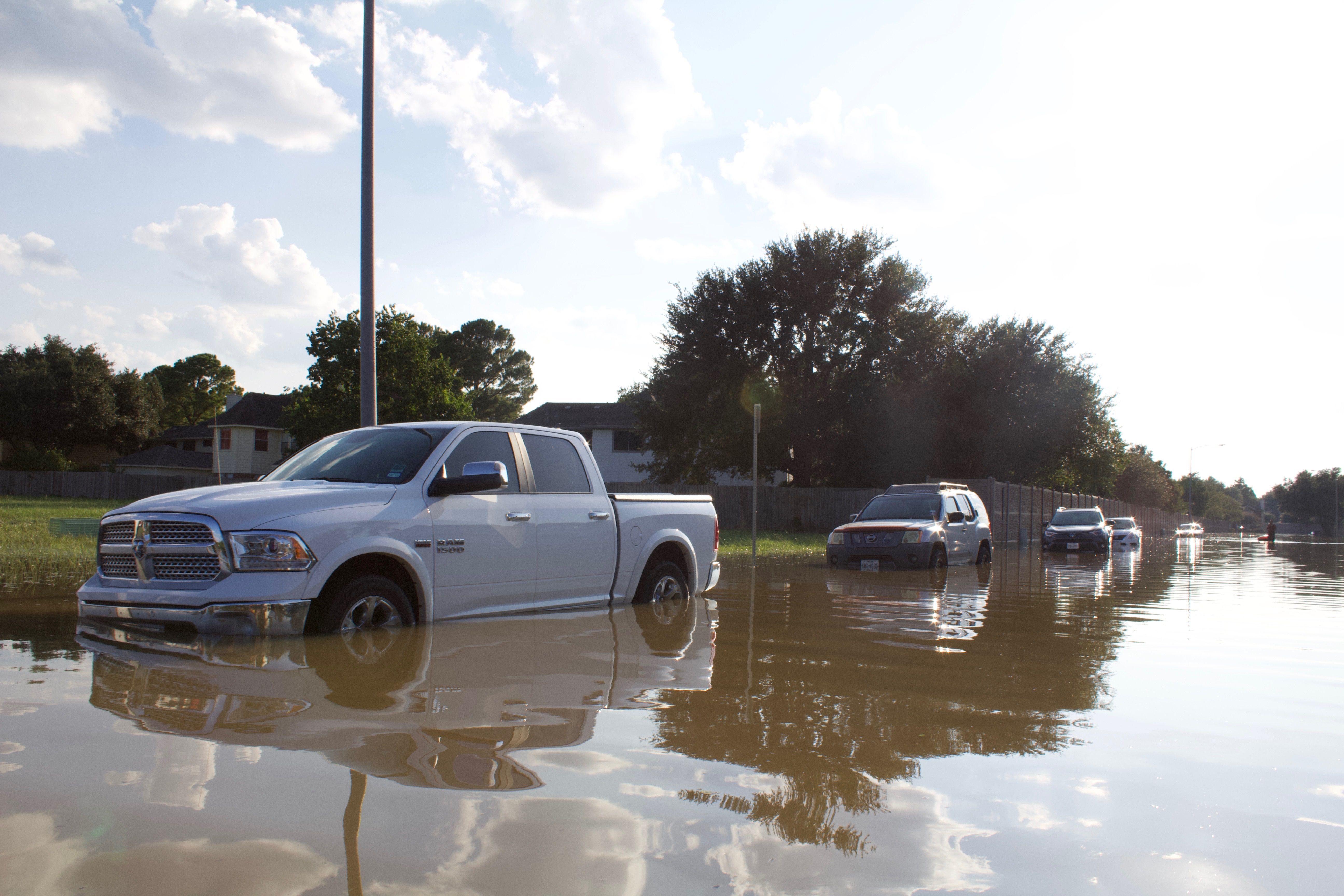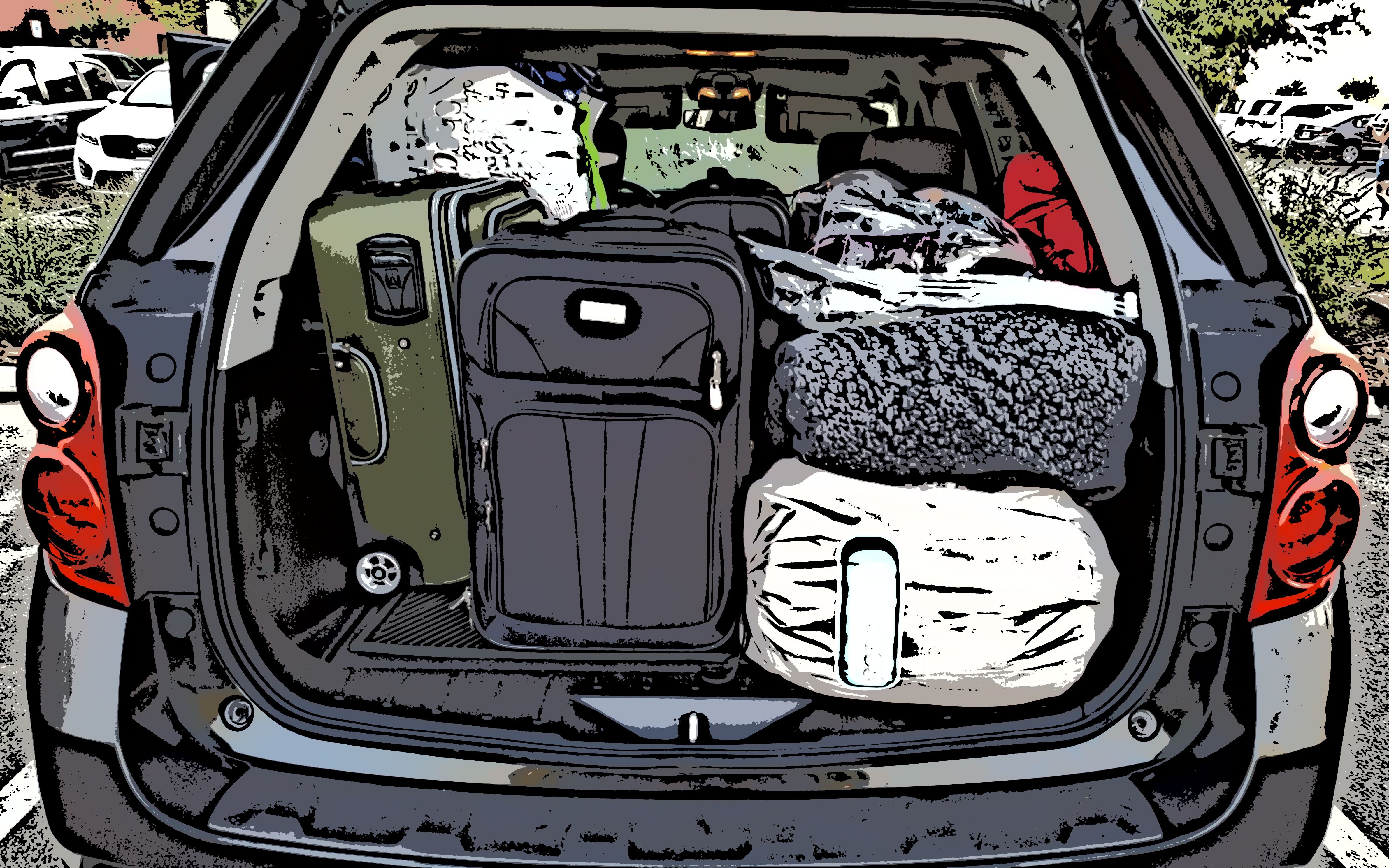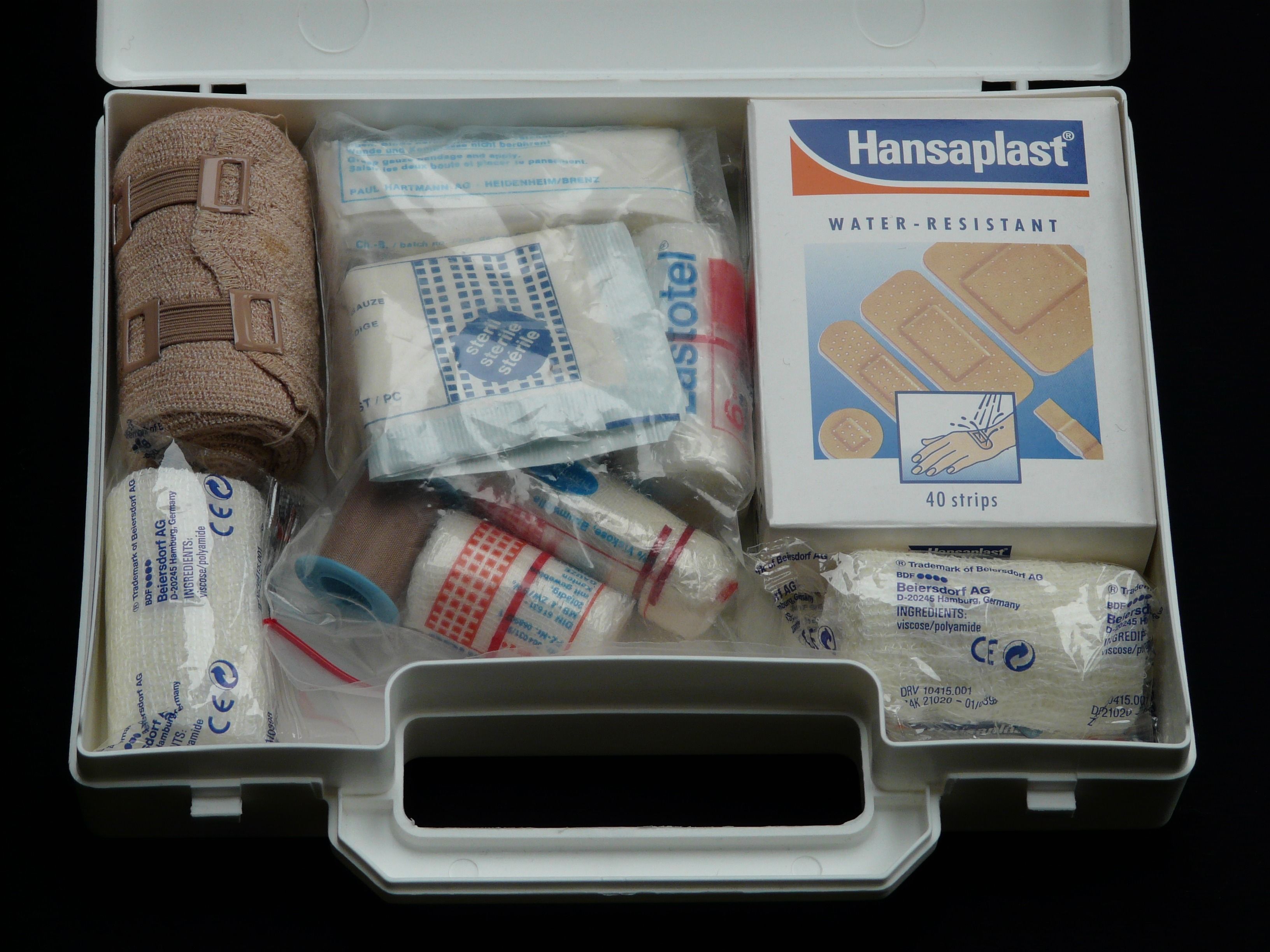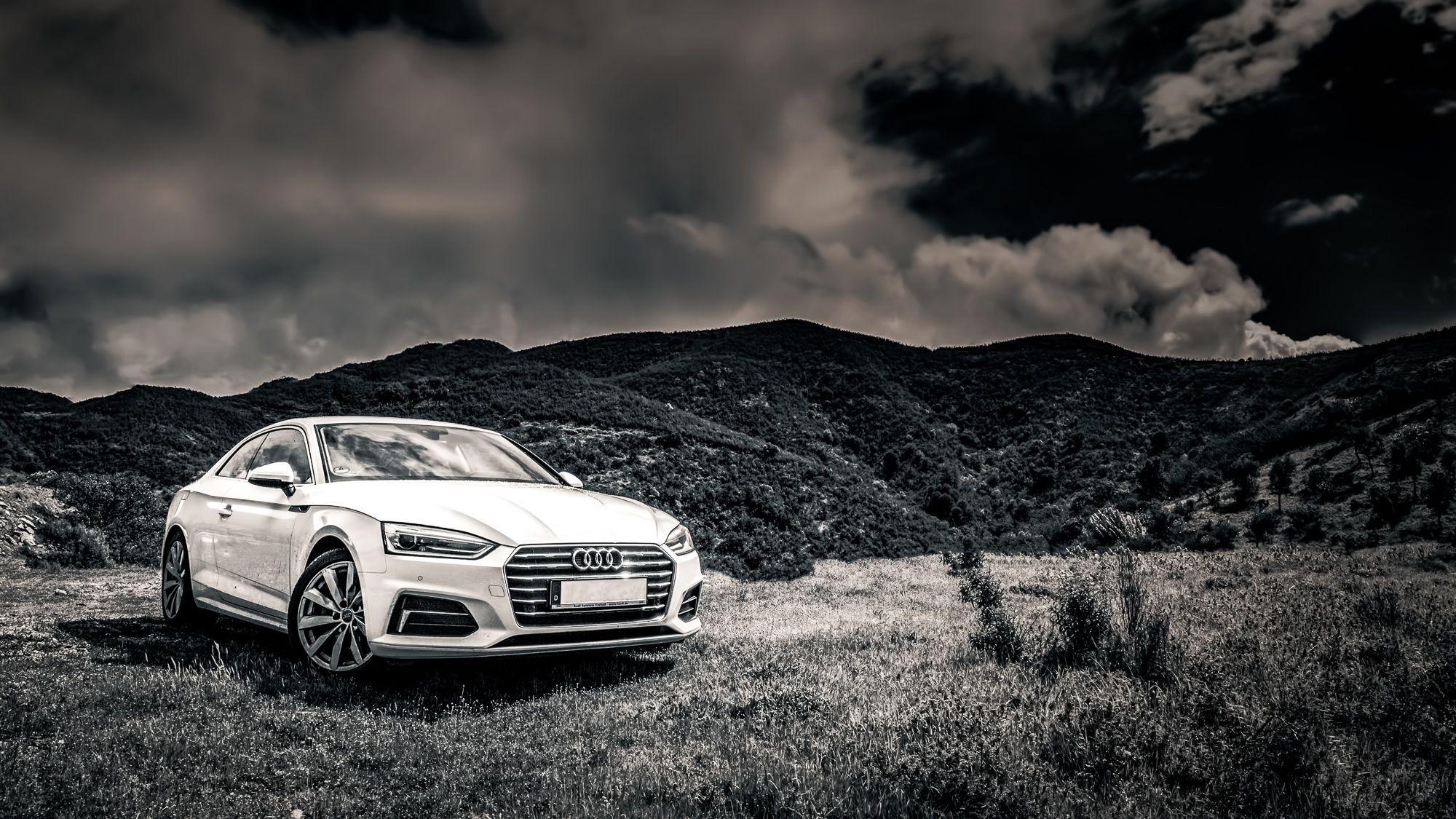Hurricanes are, by far, one of Mother Nature’s greatest examples of downright anger and brute force. Within days of a hurricane forming, entire coastlines are sent into panic and, once it hits, life can be different for those in affected areas for months and, in some cases, even years. Humans are resilient, though, and we always rebuild, but while everyone is busy boarding up windows and preparing their house, cars are often an afterthought for most. Sure, those of us that are enthusiasts think about protection, but everyone should do at least some basic preparation to protect their car in the event that a violent hurricane decides to come and take everything away.
With this in mind, we thought we’d throw together some last-minute tips and steps to take to help protect your car if you’re in Dorian’s path.
Parking Your Car for a Hurricane
It goes without saying that a good sturdy garage is ideal when it comes to protecting your car from a hurricane. With any luck, the cozy confines of your garage will help prevent any damage from storm shrapnel, aka trees, random parts of your neighbor’s house, or the occasional neighborhood cat on a ride for his life. If you don’t have a garage, however, this is one of those times where parking away from home could be a better idea that leaving your pride and joy – or even your daily beater – in the driveway. When hurricane winds start to tear ass through your area, nothing is off-limits, and things that shouldn’t fly will. So, if you must leave your car outside, do it in as open of a place as possible, preferably away from trees or other items that are likely to be thrown around. Of course, this isn’t 100-percent safe, but it’s a good course of action to take if you don’t have any other alternatives.
Remove All Important Documents
It’s no secret that hurricane’s typically lead to a lot of vehicles with flood damage. It’s a yearly thing for some areas and, while it’s important to keep things like your car’s registration, insurance, and other related documents in the vehicle most of the time, in the event of a hurricane, it’s important to remove them just in case. By the way, just in case you keep your title in the glove box, don’t put that back in once the hurricane has passed. That’s a document that should be stored away with other documents like your birth certificate and property deeds.
Take New Pictures of Your Car
This should go without saying, but it’s overlooked by many. On the eve of a big hurricane, one of the most important things to do is to take pictures of the interior and exterior – detailed pictures and even pictures that show off any blemishes. Why you ask? Well, it’s an insurance company’s job to make money, and should the worst-case scenario happen, you want dated evidence of what condition your car was in prior to the hurricane hitting. Exterior shots are needed for obvious reasons, but it’s also important to take images of the interior as well, and enough of them to accurately depict the quality of your car’s interior. This could help you fight the insurance company, if needed, to get as much compensation as you deserve should your car be destroyed. However, does your insurance cover hurricane damage?
Double Checking Car Insurance Coverage
Insurance laws vary widely by state and locality, but for the most part, your auto insurance will be responsible for repairing and/or replacing your vehicle in the event that it’s totaled during a hurricane. However, this only holds true if you have the right insurance. So, prior to the arrival of a hurricane, you should speak with your insurance agent and make sure that you’re covered in the event that the worst happens. You should also double-check with your homeowner’s insurance as well as you want to make sure your house is protected too. Furthermore, in some cases homeowner’s insurance may also be liable for certain damages to your vehicle or someone else’s, so you might as well spend the afternoon dealing with your insurance agents to just be sure.
Protecting Your Car From Flood Waters
Once a hurricane arrives, there’s not a lot you can really do to protect your car beyond the basic preparations that I’ve already mentioned. However, if you have a car that sits low and could be subject to flood damage, even from low levels of water, elevating it off the ground could be a decent lifeline. In a worst-case scenario, securing the vehicle on jack stands could help, however, placing it on wife sturdy blocks or even car ramps would be even better. This could give you as much as an extra foot of ground clearance or “wadding” depth, should your garage become a temporary pond. Furthermore, removing the wheels could also be helpful as leaving the tires to sit for days on end in murky water could lead to the tire damage. So, you could consider removing the wheels and tires and placing them in the house as well. The downside to this is that you’ll be stuck, should you need to evacuate in a hurry, so it’s only recommended to do this to cars you know you can take with you or if you know that you’re 100-percent for sure going to ride out the storm.
Preparing for Evacuation
If you’re at risk of having to evacuate, there are a number of things you can do to prepare that can make the process simpler. First off, back your “bug out” bags and place them in the car. This should include clothes, water, non-perishable food, tools, flashlights, portable batteries for your phones, etc. Anything you’ll need to survive for a week from home, if not more. Of course, don’t pack the whole house, but should you have to leave in a hurry, having this stuff there ahead of time could make all the difference. Furthermore, when you park the car for the last time, back it in so that it’s easier to leave. Make sure the your gas tank is full and, if possible, have a gas can or two filled up too – having an extra 5 – 10 gallons of gas on hand before the hurricane hits could be a big deal as once everyone bugs out, gas prices go up, people get crazy, and gas stations will get crowded. Those extra gas cans could make the difference between getting out of Dodge and being stuck in line at the gas station. In addition to this, make sure all your general maintenance is taken care of. Oil changes, differential fluids, filters, and even new wiper blades should all be on the list. You want to make sure that your car is in tip-top condition should you have to make a run for it.
Also, make sure you have a good first-aid kit with bandages, antibiotic ointments, pain medication, and would cleaning supplies.
Final Thoughts
There’s really nothing you can do to be 100-percent sure that your vehicle (or home, for that matter) will be safe, but if you follow the steps above, you’ll at least stand a better chance of coming out ahead. For those of you in the path of Hurricane Dorian, stay stuff and best of luck to you.

